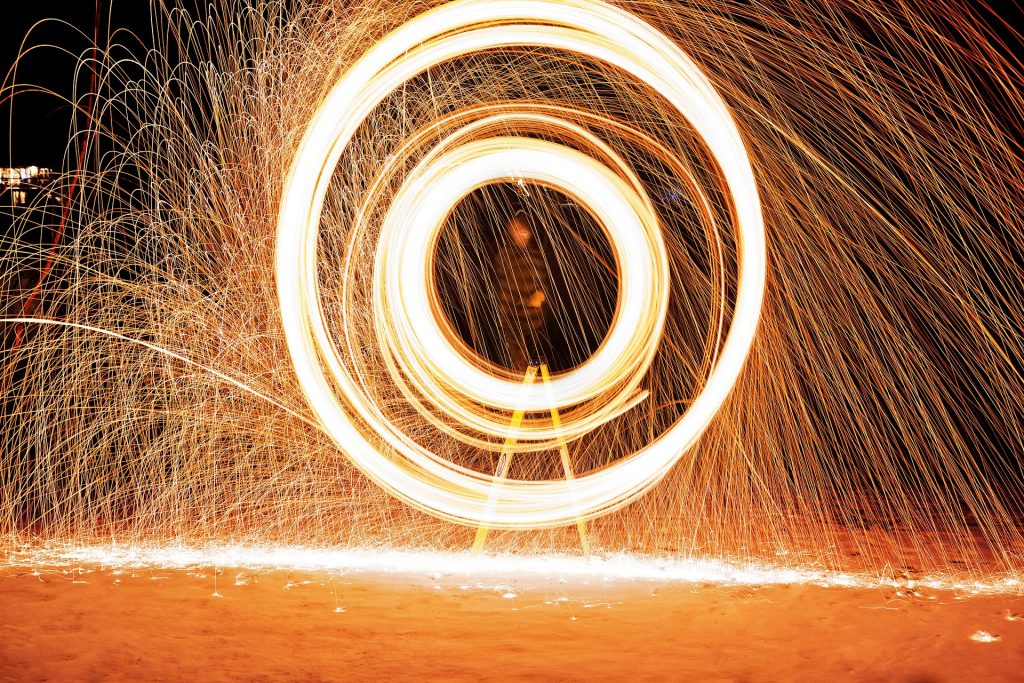
Sourcing new fusion technologies everywhere in Europe to foster your innovation…
Abstract
Leading the research on liquid metal technology for breeding blankets in close collaboration with EUROfusion, ENEA Brasimone Research Centre (Italy) has developed a new type of sensor able to perform direct measurements of the hydrogen partial pressure in liquid metals, not considering contribution from other dissolved gases. Initially developed for fusion research to measure hydrogen isotopes concentration in lead-lithium alloy, the sensors may be useful for process control for metallurgy or other industries that are interested to measure hydrogen content for purification purposes. The sensors have been qualified in lead alloys and are now open for further developments and adaptations to industrial standards.
Description of the Technology
ENEA Laboratories in Brasimone (Italy) have developed and manufactured innovative hydrogen permeation sensors in order to measure the concentration of hydrogen isotopes in liquid metals. In particular, the sensors measure the concentration of tritium isotope in the lead-lithium alloy, that will be available as the fuel for the successive nuclear fusion reaction.
Hydrogen permeation sensors are composed by a hollow capsule, permeable to hydrogen, immersed in the liquid metal, where hydrogen is dissolved at a certain concentration in equilibrium with a specific partial pressure. The capsule is connected, through a small tube, to an external pressure gauge or to a vacuum pump depending on its mode of operation. The capsule is made of a material which is only permeable to hydrogen, such as pure alpha iron.
Several sensors were manufactured and several geometries were tested in order to found the optimal shape and geometry of the sensors. The optimized geometry is a helix in order to maximize the surface over volume ratio while also minimizing welds that could represent discontinuity in the structure and possible weakness points for oxidation. The helical sensors were tested in stagnant and flowing liquid lead-lithium alloy and proved to be reliable over several orders of magnitude (10 to 1000 Pa of hydrogen). The sensors were tested in the temperature range 300-550°C and at a maximum pressure of about 3 bar.
Innovation and advantages of the offer
Currently there are no commercial solutions to measure hydrogen concentration in liquid metals. This sensor is the only method to directly measure the partial pressure of hydrogen in a liquid metal. The solution could be potentially adapted to work in different liquids. Another potential application of the technology could be the connection of the sensor to a mass spectrometer to perform hydrogen isotopes differentiation (e.g. in the presence of tritium), in nuclear sector or life sciences.
Non fusion applications
Aside from process measurement in nuclear fusion, the sensor could find promising applications in the field of metallurgy and solar thermal, as well as other industries that are interested to measure hydrogen content for purification purposes.
EUROfusion Heritage
The technology was developed in the context of nuclear fusion by ENEA Brasimone for the measurement of hydrogen isotopes concentration in lead-lithium alloy. The measured value represents a key parameter to assess the capability to recover tritium from the alloy and to measure the availability of hydrogen, as the fuel for the fusion reaction. In fact, in fusion reactors tritium is bred in lead-lithium by neutron transmutation of the lithium atoms.
This technology has been designed during several years within EUROfusion framework and is now the first sensor able to directly measure the hydrogen partial pressure in a liquid metal, while also avoiding to be affected by other gases or impurities dissolved in the alloy.
The sensors also found application in a project funded by Fusion For Energy (F4E) in order to evaluate the performances of a tritium extraction technology called Gas-Liquid Contactor (GLC), in which hydrogen isotopes are extracted by lead-lithium by means of a continuous flow of a stripping gas (helium or helium+hydrogen).
